What is the connection between Easter Eggs, banking and pottery? We discover the links between the families behind three great British businesses!
As we approach the Easter Holidays, did you know that an extraordinary 90 million chocolate eggs are now sold in the UK each year? Eggs have long been associated with the Christian festival of Easter and before that the ancient pagan practices relating to spring rites. The egg is seen as the symbol of ‘fertility’, ‘rebirth’ and ‘the beginning.’ Combining this with the British enjoyment of chocolate has been a natural progression.
The first chocolate Easter eggs were made in Europe in the early 19th Century, with France and Germany taking the lead in this new type of artistic confectionery. Chocolate was not that popular in Britain in the mid 1800s at all, until the innovative ideas of Joseph Fry started a love affair with chocolate that still endures today.

So how did the ‘chocolate’ Easter egg become popular in the UK? The answer to this lies with the family behind Fry’s chocolate company, originally founded in 1761 by Joseph Fry and John Vaughan in Bristol, who purchased the chocolate business of Walter Churchman. The Company was called Fry, Vaughan & Co.
In 1847, Fry’s chocolate factory, which was located in Union Street, Bristol, moulded the first ever chocolate bar suitable for widespread consumption. It was a slow start with not many people being familiar with the product in Britain. However, the Illustrated London News took an interest in 1851, discussing the work of Fry and Son, the ingredients in their products, and how the chocolate was made.
The firm began producing Fry’s Chocolate Cream bar in 1866. Over 220 products were introduced in the following decades, including production of the first chocolate Easter egg in UK in 1873 and the Fry’s Turkish Delight (or Fry’s Turkish Bar) in 1914. Joseph Storrs Fry, son of Joseph Fry, pioneered new factory methods of making chocolate and was the first to use a Watt’s steam engine to grind the cocoa beans. The difficulties of making chocolate eggs and other chocolate products in large quantities were solved by this Bristol company, and the chocolate egg was now destined for great popularity!
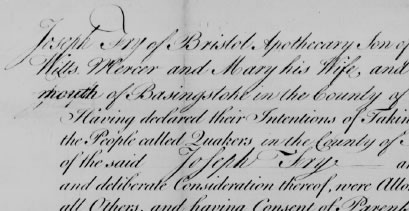
However, this was not without its dangers, as a poor worker found to his cost in July 1847. The Illustrated London News on TheGenealogist provides a graphic account of the death of the factory worker who was drawn into the machinery. The firm had to overcome tragedies such as this, and in 1896 became a registered private company. It was run with Joseph Storrs Fry II, grandson of the first Joseph Storrs Fry, as the chairman.
So what do we know about the family that brought the first chocolate Easter Eggs to the UK? Looking on TheGenealogist we can find out more about the family. Research tells us that around 1759, Joseph Fry started making chocolate and formed his company. He married Anna Portsmouth in 1755 and they had a son, Joseph Storrs Fry.
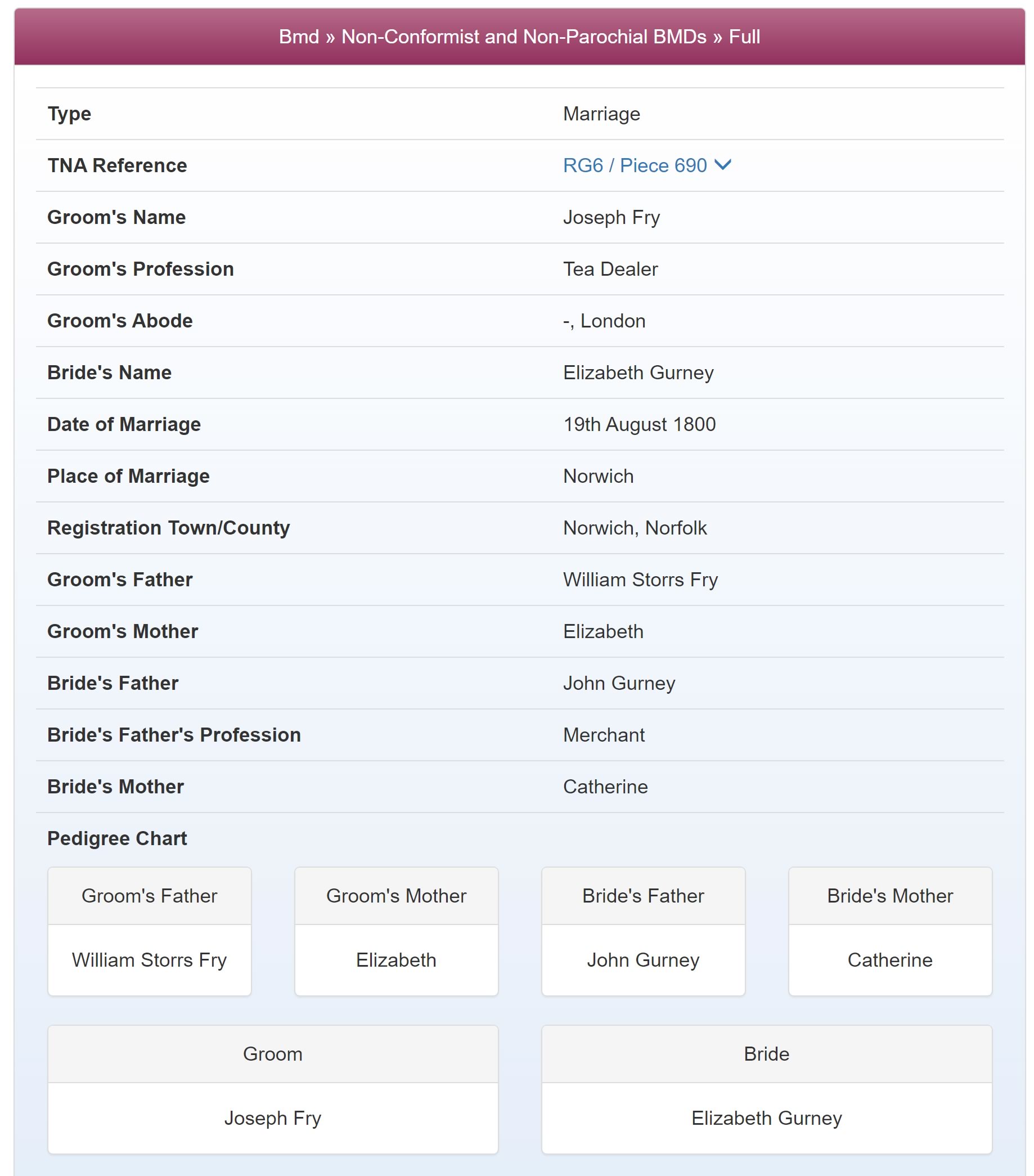
The start of famous family connections…
The original Joseph Fry also had a brother, William Fry. His son, also named Joseph Fry, married Elizabeth Gurney, a lady known as the “angel of prisons” due to her reputation as a great prison reformer and Christian philanthropist. Elizabeth came from the well known Gurney banking family of Norfolk. Her mother, Katherine, was also a part of the Barclay family who founded Barclay’s Bank. The Fry, Gurney and Barclay families were well known Quakers and their records appear on the nonconformist records on TheGenealogist. To the right is a copy of the marriage record from 1800 for Joseph Fry and Elizabeth Gurney.
Access Over a Billion Records
Try a four-month Diamond subscription and we’ll apply a lifetime discount making it just £44.95 (standard price £64.95). You’ll gain access to all of our exclusive record collections and unique search tools (Along with Censuses, BMDs, Wills and more), providing you with the best resources online to discover your family history story.
We’ll also give you a free 12-month subscription to Discover Your Ancestors online magazine (worth £24.99), so you can read more great Family History research articles like this!
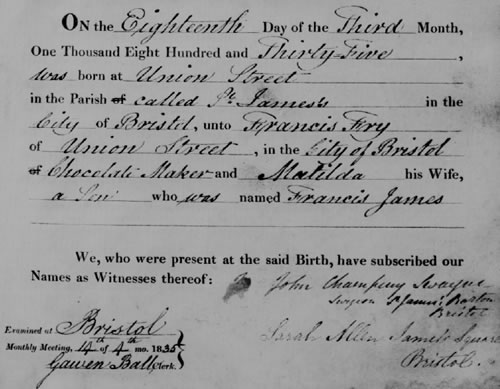
After the death of the founder Joseph Fry in 1787, his wife Anna took control and the business was named Anna Fry & Son. After Anna died, Joseph Storrs Fry partnered with a Dr Hunt to form Fry & Hunt Ltd. After Dr Hunt retired, Joseph Storrs took on his sons, Joseph, Francis and Richard, as partners in the business, which is now called J.S. Fry & Sons. The company became the largest commercial producer of chocolate in Britain. When Joseph Storrs Fry died in 1835, his sons took on full control.
From TheGenealogist, we can see the baptism record Francis J. Fry, son of Francis Fry and wife Matilda, baptised in 1835.
In 1896, the firm became a registered private company, chaired by Joseph Storrs II, grandson of the first Joseph Storrs Fry and son of Francis Fry.
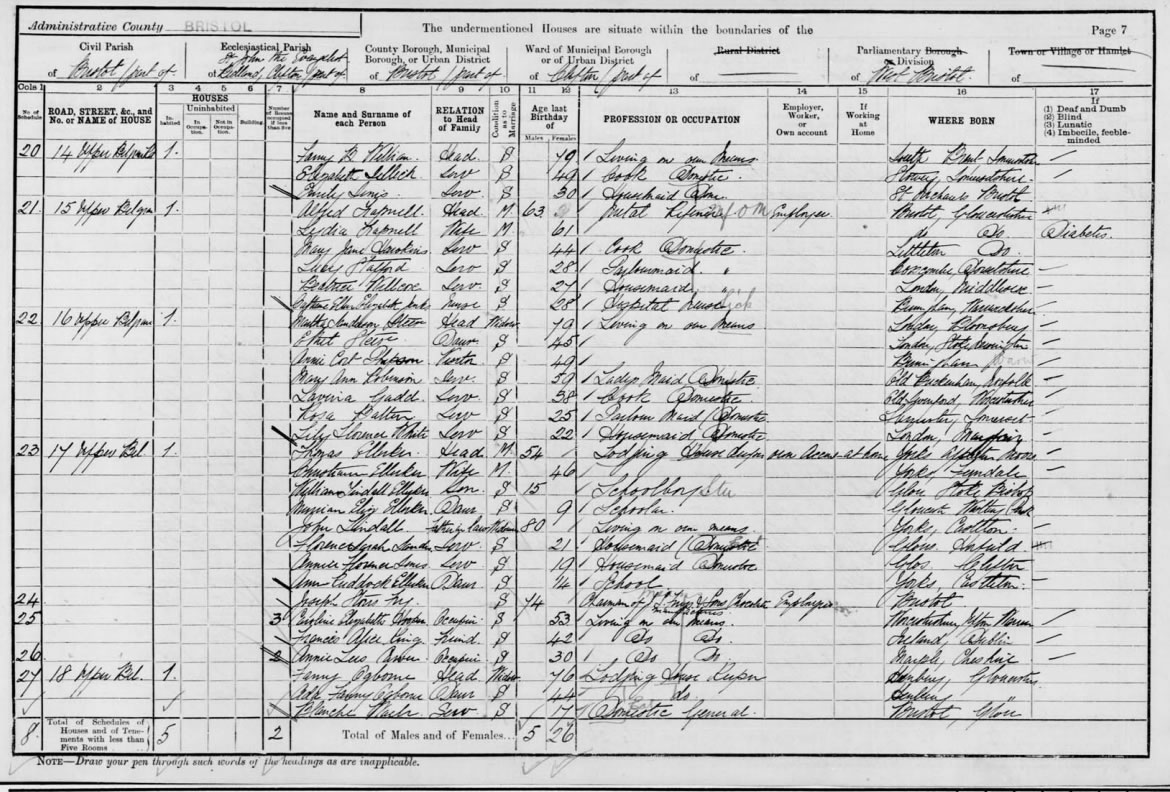

Joseph Storrs Fry II never married and whilst still chairman of the company, he lived at a lodging house in Upper Belgrave Road, Clifton. He remained at the same address in 1901 to 1911, as we can see on the Census.
He assumed control of the company as chairman in 1878 and built it up from 56 workers to a factory employing 3,000 people in Union Street, Bristol. As he never married, his fortune was mostly inherited by his 37 nephews and nieces (though £42,000 was split amongst employees with more than 5 years of service amongst other legacies). Control of the family firm passed to various relations, unfortunately not all of whom were on speaking terms with each other.
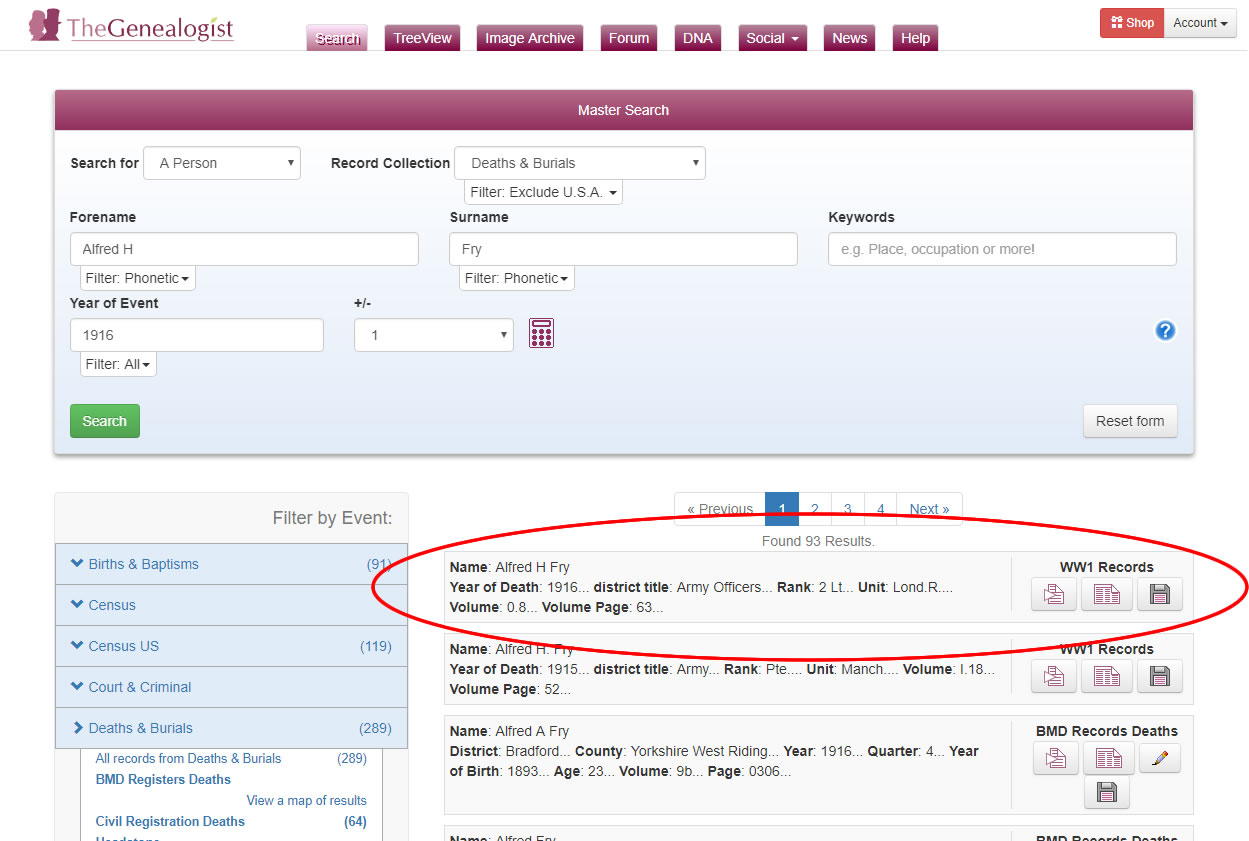
With the large extended family, there are numerous records to trace and we find on the Casualty Records on TheGenealogist the death of a young Lieutenant in the London Regiment, Alfred H. Fry (son of Francis J. Fry, great grandson of the original Joseph Fry) who died in 1916.
Looking at another line of the family, we discover more famous connections. Joseph Fry’s grandson, also called Joseph Fry, had a daughter Susanna. She married into the Pease family and hergrandson, Michael B Pease, subsequently married Helen B Wedgwood, daughter of Josiah C Wedgwood of the famous Staffordshire potter making family.
By 1919, Fry’s had merged with Cadbury’s Chocolate and the joint company named British Cocoa and Chocolate Company. Under Egbert Cadbury, the Fry’s division began the move to Somerdale, Keynsham in 1923. After 1981 the name Fry’s was no longer in use at Somerdale, but the factory was still a major producer of Cadbury’s products.
We can see in 1936, Cecil R Fry still kept the family involvement intact as Chairman of the British Cocoa and Chocolate Company.

Cecil was a student at the famous Harrow School. From their registers we can find out a bit more about him, including his Great War service in the RAF:

As we enjoy our Easter chocolate this year, it’s worth a note of thanks to Joseph Fry and his family for pioneering chocolate eggs in Britain.
Sadly the company is no longer around in the modern global marketplace, but it has left a lasting legacy!
Happy Easter from TheGenealogist!






